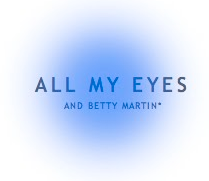A 2002 plan to convert Newburgh, NY's Kreisel's Furniture building to the Sunset nightclub never materialized.
The largest employers are usually healthcare and social services. And you don’t have to look very far to find a dialysis center and a furniture rental.
Smaller cities such as Lewiston, Maine (36,000), and Gloversville, NY have managed to attract enough post-college 20 and 30-somethings, to support a food coop and arts events. Larger cities like Utica, New York, whose population has shrunk down to 62,000 from a high of 102,000 in 1930, feel beyond hope. Almost everything about them, from the “Job Fair” banners to the obesity rate of the population is heartbreakingly sad.
What these cities lack in economic health, they make up for in typographic abundance. Having missed out on the transformative development more tech-oriented metro centers experienced, these cities now stand as urban palimpsests. The remains of multi-era commercial signage record their every stage of deindustrialization and decline.
The wrecking ball will swing one day, no doubt, so make that detour to a D-CONE near you. Take photos, have a meal at a local eatery, and try to buy something. You might even be inspired to invest in some cheap real estate.
The cities plotted above, and pictured below, are here simply because I happened to pass through them during the last few years. The chart's six cities with no state designation are in New York. I’ve included Bethesda and Detroit as reference points for the extremes on the spectrum of employment and income.
Gloversville, New York
Utica, New York
Springfield, Massachusetts
Lewiston, Maine
Yonkers, New York
Pittsfield, Massachusetts
Newburgh, New York
Albany, New York
I'm so curious about this calligraphic signage. I might have to go back to Albany and investigate.
Poughkeepsie, New York
Newark, New Jersey
"Letters From Newark" ran in 2013
All photos by L. Eckstein, with occasional street view images from Google.















































No comments:
Post a Comment